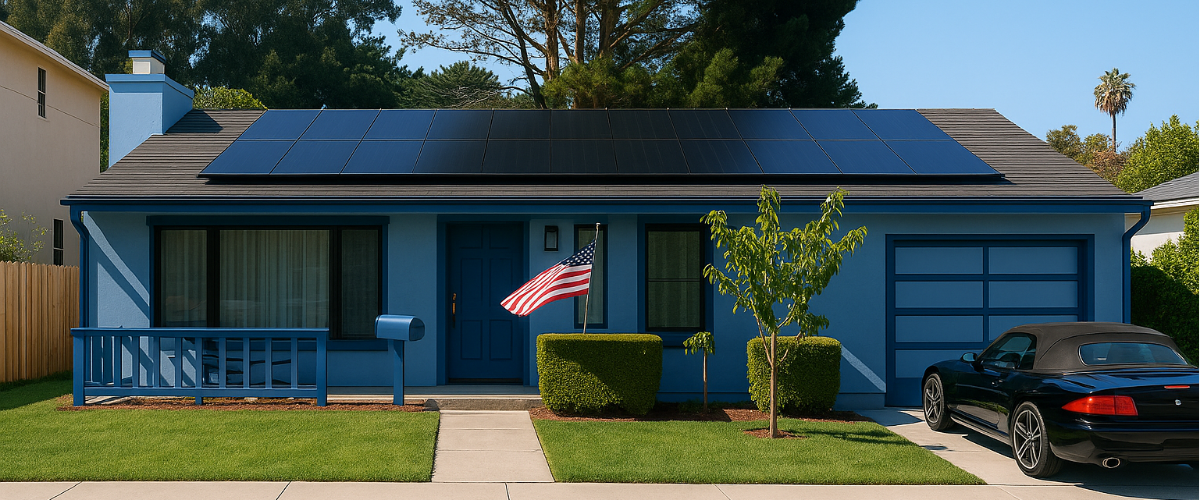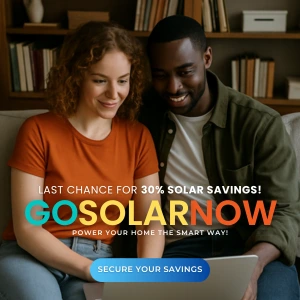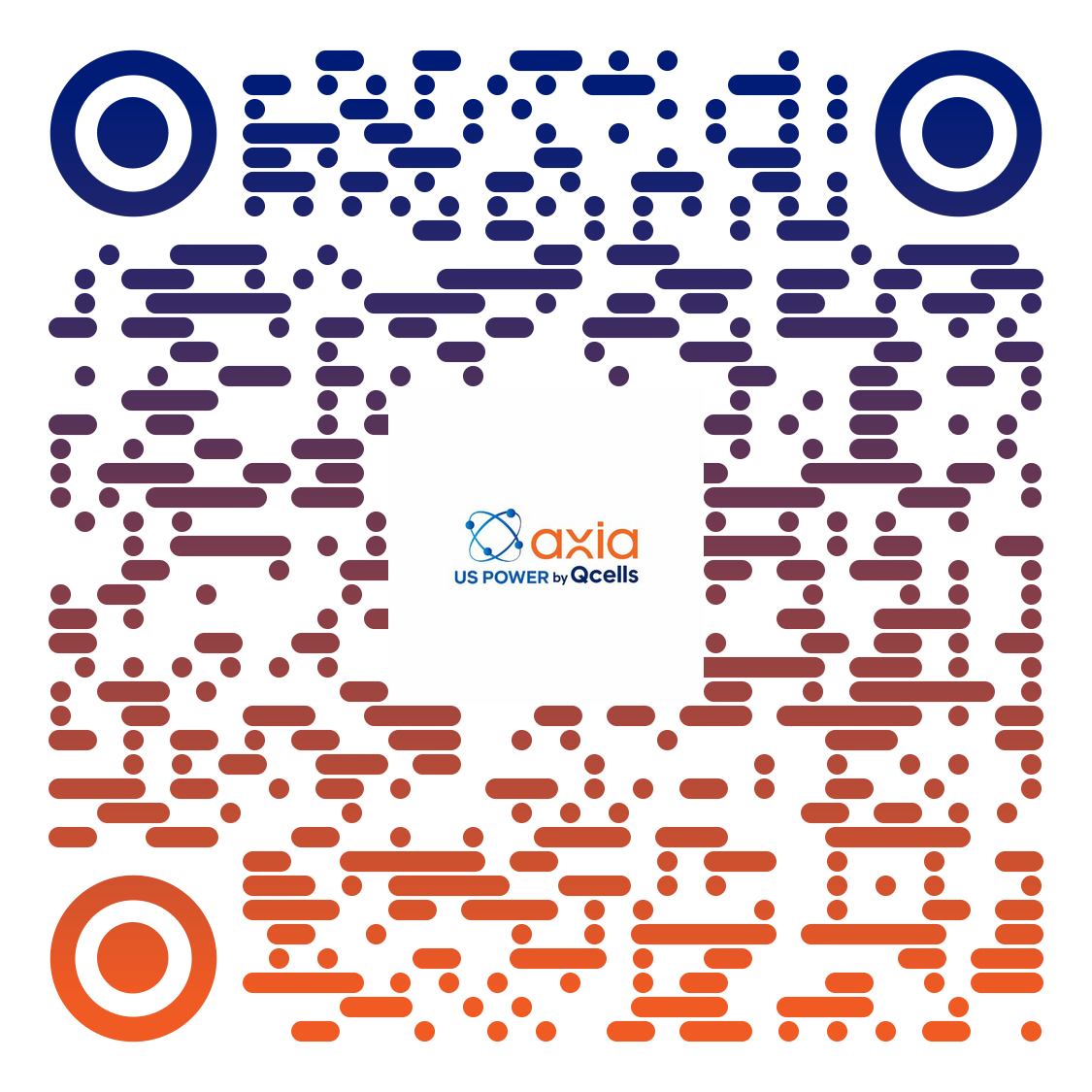Wildfire Resilience Lessons from SDG&E for SoCal Homeowners

Solar and Roofing Advisor
SDG&E’s wildfire lessons reveal why California homeowners should invest in solar + storage. US Power delivers QCells panels built for safety and reliability.

Southern California is one of the most wildfire-prone regions in the United States. As discussed in a recent overview of SDG&E’s Wildfire & Climate Resilience Center, thousands of miles of utility overhead lines traverse terrain highly vulnerable to dry fuels, strong winds (such as the Santa Ana event) and climate change-driven stressors.
When you’re considering installing solar photovoltaics (PV) on your home, it’s no longer just about electricity cost savings and green credentials — it’s about resilience: staying powered when the grid is stressed, protecting your home during high-risk conditions, and making long-term choices that align with wildfire risk reduction and home value.
Here’s how the lessons from SDG&E translate into actionable insights for you — and how US Power’s solar offering can help you turn that into a strategic advantage.
Situational Awareness and Real-time Monitoring
One of the foundational lessons SDG&E highlights is the importance of situational awareness — using circuit-level intelligence, weather station networks and fuel-moisture monitoring to evaluate fire risk in real time.
What this means for your home:
- If your property lies in a wildland-urban interface (WUI) or near brush/hillsides, risk is elevated — you’ll want solar equipment and backup options that can disconnect from the grid during Public Safety Power Shutoffs (PSPS).
- Choosing a solar system from a provider that understands wildfire-related grid events (not just energy savings) is a smart move.
- At US Power, we factor in home-specific location, fire-history data and grid-interaction risk when recommending system sizing and back-up.
Predictive Modelling and Proactive Investment
SDG&E uses predictive tools like its Wildfire Analyst and “WiNGS” planning model to simulate hundreds of thousands of fire-scenarios daily. Their investments (underground lines, drone inspection, covered conductor) are all evaluated through a lens of risk-reduction and cost/benefit.
Your takeaway:
- The decision to invest in solar should also account for grid risk premiums — i.e., how likely is your home to be impacted by grid outages or wildfires over the next 10-20 years?
- A system with integrated storage (battery) + solar + EV-ready wiring provides resilience — enabling your home to stay powered when the grid goes down.
- At US Power, our exclusive Q Cells panels (American-made) and modern inverter options let us integrate battery-ready functionalities so you’re ready for today’s grid realities (2025) as well as tomorrow’s.
Grid Hardening + Fire-resistant Infrastructure = Lower Hidden Risk
SDG&E has carried out over 315+ miles of undergrounding, 181 miles of covered conductor, 466,000+ structure inspections and 13,500+ drone flights with AI inspection protocols. These are investments that reduce ignition and mitigate risk.
For your home solar project that means:
- Prefer equipment vendors who use durable, fire-resistant materials (e.g., steel-racked, less combustible wiring, panels approved for higher temperatures).
- Choose mounting systems and installation methods that comply with fire-safety codes in high-risk zones (some local counties require additional setbacks or ember-resistant equipment).
- Our US Power crews follow best practices for rooftop fire mitigation, siting, wiring pathways, and maintenance plans — so your investment is built with wildfire awareness.
Quantifying Risk and Resilience Value
An important insight: SDG&E doesn’t treat wildfire resilience as a “nice-to-have” add-on — they integrate it into investment decisions by monetising the benefit of avoided ignitions, outages, litigation and infrastructure loss.
What this implies for homeowners:
- When you invest in solar + storage, you’re not just reducing your electric bill — you’re reducing resilience risk. That means avoiding potential costs of outages (lost refrigeration, home business downtime, etc.).
- In 2025, insurers and lenders increasingly recognise resilience as a value metric — a home with solar + battery may qualify for better terms or resilience-friendly underwriting.
- At US Power, we highlight the resilience ROI (not just payback) in our proposals — showing you how much value you get from avoided risk over 25 years.
Coordination and Community Readiness
SDG&E’s model emphasises that grid resilience isn’t just utility work — it includes emergency-response coordination, community alerts (72/48/24 hour notifications for PSPS), joint planning with fire agencies, and local stakeholder partnerships.
For you as a homeowner in SoCal:
- Choose a solar provider who offers communication protocols: e.g., informing you proactively about PSPS, advising on battery charge-status before an event, and being part of your home’s emergency readiness plan.
- Make sure your system supports remote monitoring and that you’re signed up for local alerts when high-wind or wildfire conditions arise.
- US Power provides ongoing customer education, not just the install: we’ll walk you through what to do when a PSPS is announced, how to run your system in island-mode (if battery is installed), and coordinate with your home-emergency plan.
Why this matters right now (2025) for Southern California homeowners
- Wildfire seasons are longer and more intense: As of September 2025, California has already experienced over 6,800 wildfires burning more than 500,000 acres — showing the real urgency of readiness.
- Insurance and resilience underwriting are tightening homes in high-risk zones face higher premiums, more exclusions, and projects that improve resilience are increasingly valued.
- Solar + battery technology is now affordable and available: Thanks to manufacturing scale (e.g., American-made Q Cells) and favourable rebate/credit programs, installing high-efficiency solar is a viable step toward both savings and protection.
- Grid events (PSPS, extreme weather) are more frequent: Building your home’s resilience means you’re ahead of the curve — not just for financial savings, but for staying comfortable, safe and powered when others are vulnerable.
Why Choose US Power for Your Solar & Resilience Project
- Factory-direct pricing on Q Cells panels: Our exclusive partnership means you get premium American-made solar modules at lower cost — giving your system higher efficiency, higher durability and better long-term value.
- Local Southern California expertise: We know the terrain, the grid-risk zones, the insurance/regulation environment — we tailor your install to your specific ZIP code, fire-zone status and home configuration.
- Resilience-first installation philosophy: It’s not just about installing panels — it’s about integrating mounting, wiring, battery-readiness, fire-safe siting and emergency-mode preparedness.
- Transparent ROI + risk-reduction value: We don’t just show you payback in years — we show you how much value you’ll get from avoided outage costs, increased home value and reduced fire-risk exposure.
- Ongoing customer care: We provide monitoring portals, educational hand-offs (PSPS prep plans, battery-island mode guidance) and service follow-up so your system continues performing for decades.
Take the Smart Step Toward Resilient Solar
Don’t wait until the next power‐shutdown or brush fire threatens your peace of mind. Act now to lock in factory-direct pricing from Q Cells through US Power, and build a solar + battery system tailored to the wildfire-prone environment of Southern California in 2025.
Contact us today for your free home assessment: we’ll evaluate your fire-zone risk, grid-interaction exposure, and propose a customised solar system built to save you money, protect your home and power your future.
Secure your home, empower your life. US Power — solar built for Southern California’s realities.
Artículos relacionados
Nuestros blogs relacionados
2025 solar tax credit countdown: claim your savings before rules change in 2026.
California solar is shifting—secure savings with 2025’s 30% federal tax credit.
Take charge of rising energy bills—why 2025 is SoCal homeowner's year to go solar.
Nuestros socios de marcas de energía solar y techos








Empoderamos a las comunidades y las empresas para que aprovechen las energías limpias y renovables energía solar soluciones que impulsan el crecimiento sostenible.
Derechos de autor © 2025 US POWER | Energía solar y techosUS Power - Axia by QCells. All Rights Reserved.
La privacidad es importante para nosotros, por lo que tiene la opción de deshabilitar ciertos tipos de almacenamiento que pueden no ser necesarios para el funcionamiento básico del sitio web. El bloqueo de categorías puede afectar a su experiencia en el sitio web.
Imprescindible
Estos elementos son necesarios para habilitar la funcionalidad básica del sitio web.
Personalización
Estos elementos permiten que el sitio web recuerde las elecciones que ha realizado (como el nombre de usuario, el idioma o la región en la que se encuentra) y proporcionan funciones mejoradas y más personales.
Mercadeo
Estos artículos se utilizan para ofrecer publicidad que sea más relevante para usted y sus intereses.
Analítica
Estos elementos ayudan al operador del sitio web a comprender cómo funciona su sitio web, cómo interactúan los visitantes con el sitio y si puede haber problemas técnicos.
Nosotros y nuestros socios externos utilizamos cookies y otras tecnologías para mejorar y rastrear su experiencia en este sitio, realizar análisis y personalizar el marketing para usted. Al usar el sitio, aceptas que usemos estas tecnologías, incluido el registro y el monitoreo de tus interacciones con el sitio.
¡Obtenga una estimación solar instantánea usando el satélite!










